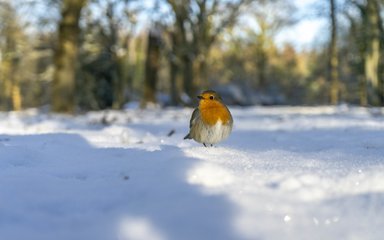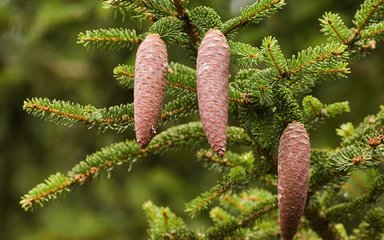
The little things that run the world...
Insects are the most diverse and important group of animals on land, found in almost every habitat. They’re pollinators, predators, pests, parasites and prey. The world relies on insects to help keep the balance of nature.
Did you know there are over 24,000 different types of insects in the UK alone? The nation’s forests are important places for these 6-legged superheroes. Buried underground, tucked beneath bark and flying in the canopy, insects exploit every nook.
Ancient woodlands with broadleaf trees are home to a huge diversity of insects, and conifers also host many charismatic species rarely seen elsewhere. Open areas within a forest are also crucial insect habitats too, on grassy rides and glades, heathland, ponds and wetland. All forests have a role to play in supporting insects, and insects are crucial to the life of forests.
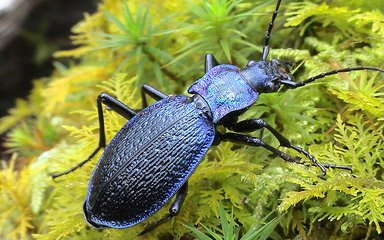
Why are insects important?
Trees need bees
Many plants rely on insects to pollinate their flowers in order to reproduce, including some trees. But it’s not just bees. Wasps, beetles, hoverflies, butterflies and moths are all important pollinators in the nation’s forests!
Nature’s recyclers
Insects are important for breaking down waste. Decaying plants, dead animals and dung all get recycled into the soil. Without flies, ants and beetles doing their thing the forest floor would be a big mess…
Feeding the forest
Insects are an important food source for animals that live in forests. Bats, birds, reptiles and mice are all insect eaters. Insects are even food for other insects, such as dragonflies that are expert in catching midges and mosquitoes in mid-air!
Meet some special insects that call the nation’s forests home
Heath tiger beetle
This rare beetle is a fast and formidible hunter! Also known as a wood tiger beetle, it is found on open heath and lowland conifer forest in specific areas of southern England.
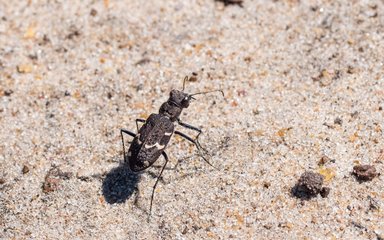
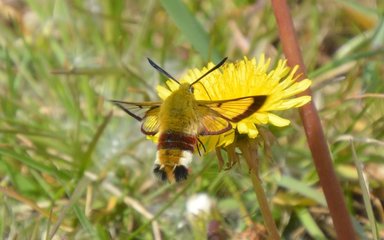
Broad-bordered bee hawk-moth
This large, day-flying moth mimics a bumblebee. It is found in open woodland and clearings in early summer. Though scarce across southern England, it has a stronghold in the unique Breckland habitat in Thetford Forest.
Large marsh grasshopper
This colourful hopper is the largest and rarest type of grasshopper in the country. Found in wet marshy locations, the New Forest’s extensive bogs and mires are a perfect habitat.
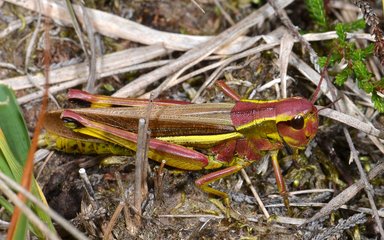
Did you know an oak tree can support over 250 different species of insect?
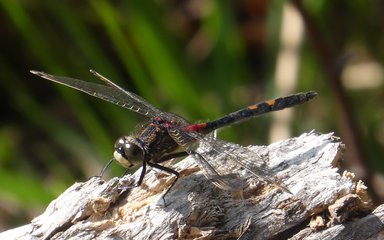
White-faced darter dragonfly
Named after its pale white head, this is one of the rarest dragonflies in the UK. Found in shallow, peaty pools, we've supported the reintroduction of this species as part of bog restoration work at Delamere Forest.
Marsh fritillary butterfly
This beautiful butterfly is one of our rarest. Working with partners in a project led by Butterfly Conservation, we've successfully reintroduced the species to Ennerdale in the Lake District, which now hosts one of England’s largest populations.
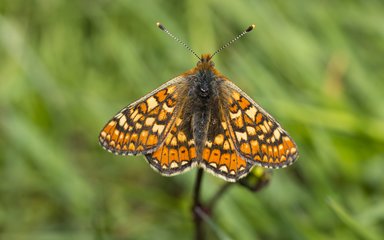
There are more types of insect than any other animal on the planet!
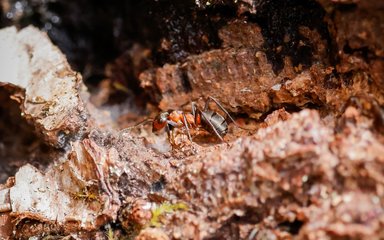
Southern wood ant
Also known as red wood ant, southern wood ant is the UK’s largest ant species. They are an excellent predator and eat other insects, but also feed on honeydew, a sugary substance secreted by aphids. They can be found in open, sunny spots in both coniferous and broadleaved woodland, as well as on heathland and moorland.
Chequered skipper
This butterfly was previously extinct in England, but has been successfully reintroduced to Fineshade Wood. The population is now stable enough for lucky visitors to catch a glimpse. It is most likely to be seen in June, perching in sheltered positions either next to wood edges or among scrub or bracken.
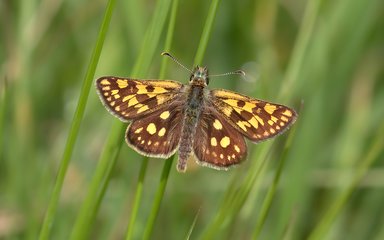
Want to hear more wildlife stories?


